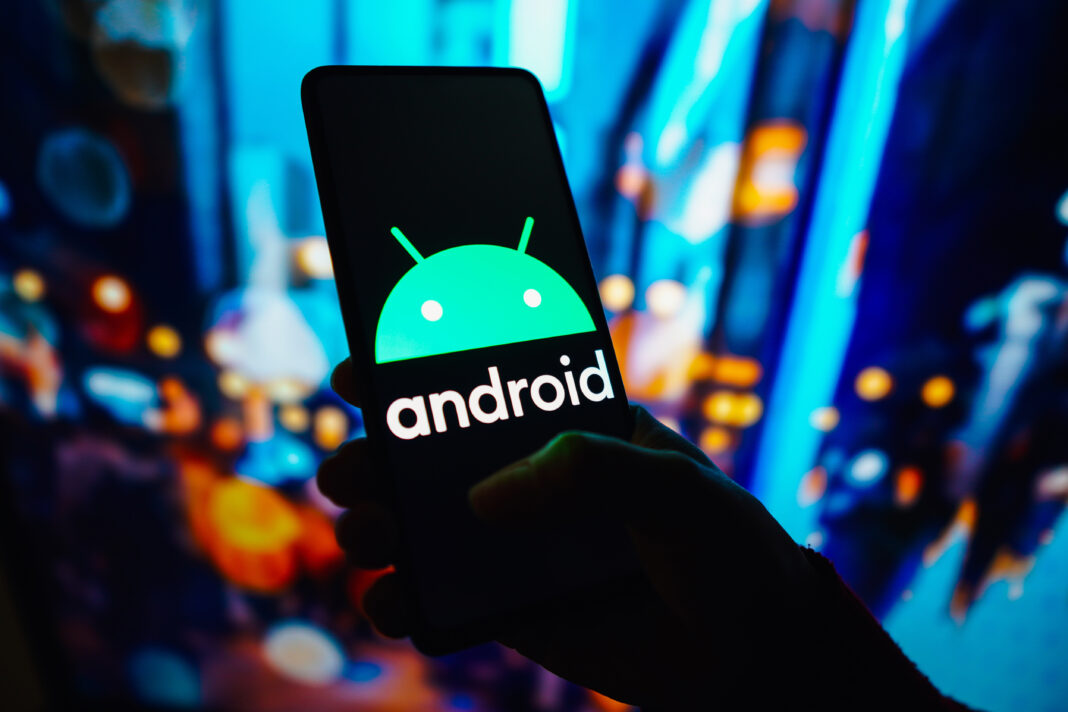A major breakthrough disrupted the mobile market when Apple launched its first ever iPhone in 2007. This marked the end of simpler times and ushered in the era of smartphones. Very quickly smartphones became the buzzword and entered the lexicon of every individual. The basic idea behind the legendary iPhone was to enable people to have all the human race’s collective knowledge in a mobile device. And it can now be seen how that idea had panned out.
With Apple leading the smartphone market, it wasn’t long before a worthy competitor plunged into the market with its very own operating system. It was none other than the tech giant Google itself and the OS was Android.
Founded originally as a company that provides advanced operating systems for digital cameras, Android Inc was all set to get into the smartphone marketplace, leading up to its acquisition by Google for $50 million.
Unlike iPhone OS, which later was branded as iOS, Android was an open source platform, espoused by the Linux Kernel. This allowed manufacturers to develop their own mobile interface within the Android framework.
In the next decade what Android witnessed was exponential growth. Today, it is arguably the most popular operating system for phones, tablets, cars, smartwatches, televisions, and what not. The journey has been immensely rewarding and as Android turns 10 today, it is yet to see its twilight years.




